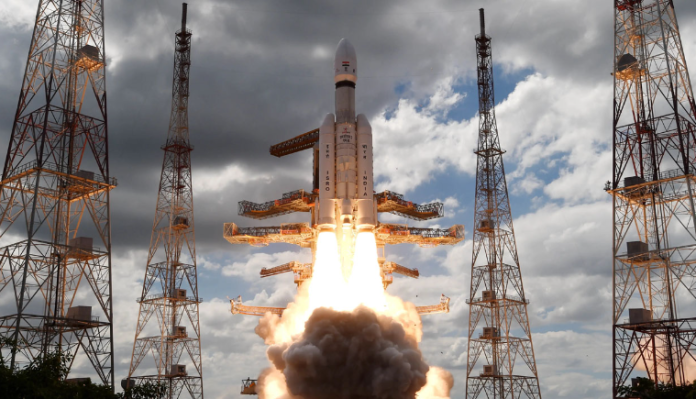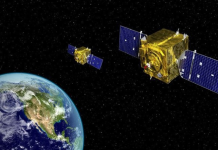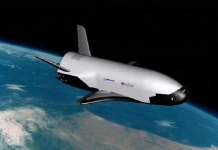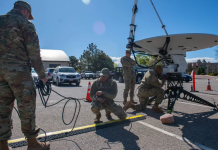India launched its second mission to land on the Moon on Friday, July 14, as an LVM III rocket roared off the launch pad at the Satish Dhawan Space Centre with the Chandrayaan-3 lunar lander aboard.
The Indian Space Research Organisation (ISRO) said Chandrayaan-3 was placed in its intended orbit and that the spacecraft is healthy. It is beginning a month-long journey to the Moon.
“Chandrayaan-3 scripts a new chapter in India’s space odyssey. It soars high, elevating the dreams and ambitions of every Indian,” Prime Minister Narendra Modi tweeted. “This momentous achievement is a testament to our scientists’ relentless dedication. I salute their spirit and ingenuity!”
Chandrayaan-3 is heading to a scheduled August 23 landing in the southern region of the Moon’s near side about 21 km (13 miles) west of the Manzinus U crater rim. Officials said the landing date could be adjusted depending on how well the spacecraft’s month-long voyage to the Moon goes.
Chandrayaan-3 is carrying instruments to study the lunar environment and a small rover that will be deployed to explore the surface. The mission’s payloads include:
Lander
- Radio Anatomy of Moon Bound Hypersensitive Ionosphere and Atmosphere (RAMBHA-LP) – a Langmuir probe to measure near-surface plasma.
- Chandra’s Surface Thermo Physical Experiment (ChaSTE) – a payload to measure the thermal properties of the lunar surface.
- Instrument for Lunar Seismic Activity (ILSA) – an instrument to measure seismic activities and delineate the structure of the lunar crust and mantle.
Rover
- Alpha Particle X-Ray Spectrometer (APXS) – an instrument to derive the chemical composition and infer the mineralogical composition of the lunar surface.
- Laser Induced Breakdown Spectroscope (LIBS) – an instrument to measure the elemental composition of lunar soil and rocks.
Propulsion Module
- Spectro-polarimetry of HAbitable Planet Earth (SHAPE) – a payload to study spectro-polarimetric signatures of the habitable planet Earth in the near-infrared (NIR) wavelength.
The lander and rover are scheduled to operate for one lunar day, which is about 14 Earth days. The vehicles are not designed to survive the extreme cold of the two-week-long lunar night.
The mission is a replacement for Chandrayaan-2, which crashed while descending to the lunar surface in September 2019. While the lander failed, Chandrayaan-2’s orbiter continues to return data from the Moon.
Chandrayaan-3 does not include an orbiter. Instead, it has a propulsion module that carries the SHAPE payload, which will conduct measurements of the Earth from lunar orbit.
If Chandrayaan-3 is successful, India will become the fourth nation to land a spacecraft on the moon behind the Soviet Union, the United States, and China.






